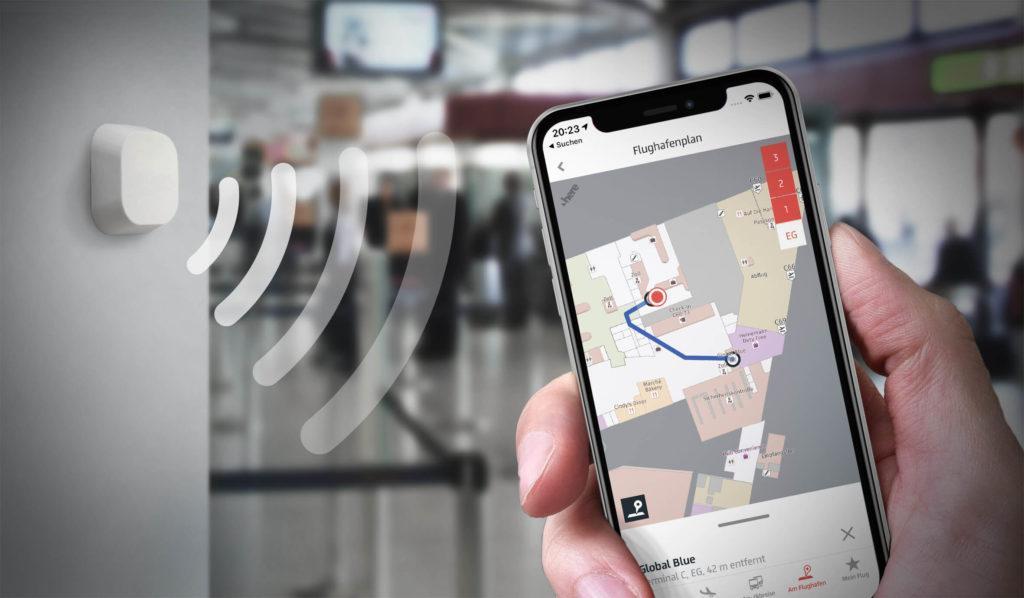A Look at the Competitive Indoor Positioning and Navigation System Market Share

The race to map the indoors has created a dynamic and highly competitive battle for market dominance. The distribution of the Indoor Positioning and Navigation System Market Share is a key indicator of leadership in a sector that is set to swell to an immense USD 365.0 billion by 2032, expanding at an extraordinary CAGR of 35.20%. Unlike mature technology markets, the IPNS landscape is still highly fluid, with market share fragmented among a diverse group of players. This includes technology behemoths who are integrating positioning into their core platforms, specialized hardware and software vendors offering end-to-end solutions, and a plethora of innovative startups pioneering new approaches. Competition is based on accuracy, cost, scalability, and the ability to provide a complete, valuable solution rather than just a single piece of technology.
At the top of the ecosystem, tech giants like Apple and Google exert significant influence and hold a unique form of market share. By building indoor positioning capabilities directly into their mobile operating systems (iOS and Android), they control the foundational layer on which many IPNS applications are built. Apple's iBeacon standard and its integration of UWB chips in iPhones, and Google's extensive mapping of indoor venues for Google Maps, give them a massive strategic advantage. Their market share is less about direct sales of IPNS solutions and more about controlling the platform, enabling a vast ecosystem of third-party app developers to leverage their technology. This platform-level dominance makes them powerful gatekeepers and indispensable partners in the industry.
The core of the market is contested by specialized end-to-end solution providers. Companies like Zebra Technologies, a leader in the enterprise space, have a strong market share in logistics and retail by providing a complete package of ruggedized mobile computers, scanners, RFID readers, and locationing software. Other key players like Inpixon, Stanley Healthcare, and Quuppa have carved out significant shares by focusing on specific technologies (like UWB) or verticals (like healthcare and sports). These companies compete by offering highly reliable, high-performance systems backed by deep industry expertise and professional services. Their ability to deliver a full, turn-key solution with a clear return on investment is crucial for winning business, particularly in complex industrial and enterprise environments.
The competitive landscape is also being constantly reshaped by a vibrant and well-funded startup scene. These agile companies are often at the forefront of technological innovation, pushing the boundaries of what's possible with new sensor technologies, advanced AI-driven positioning algorithms, and novel approaches like visual positioning (V-SLAM). While they may not have the market share of the established giants, they are a critical source of disruption and acquisition targets for larger players looking to quickly acquire new technology or talent. This dynamic interplay between established leaders, specialized providers, and innovative startups ensures a highly competitive environment, which ultimately benefits customers by driving down costs and accelerating the pace of innovation.
Explore Our Latest Trending Reports:
- Art
- Causes
- Crafts
- Dance
- Drinks
- Film
- Fitness
- Food
- Giochi
- Gardening
- Health
- Home
- Literature
- Music
- Networking
- Altre informazioni
- Party
- Religion
- Shopping
- Sports
- Theater
- Wellness



